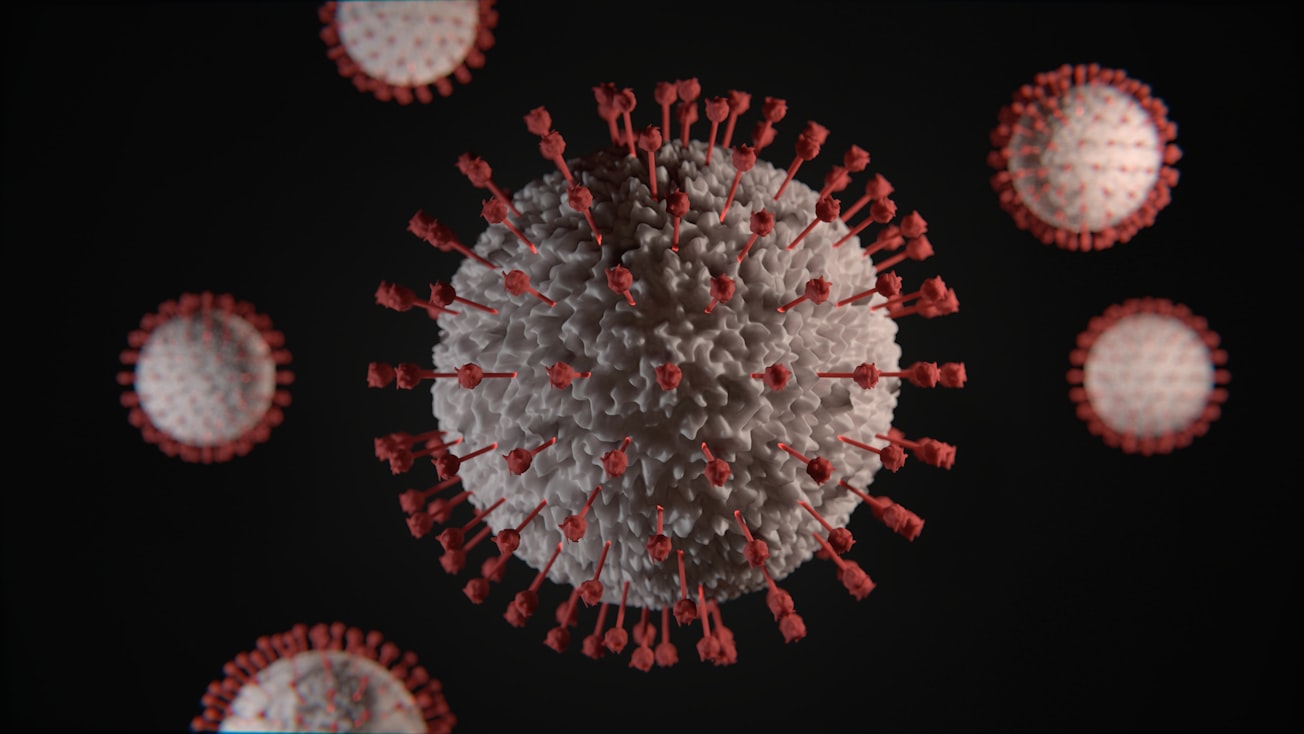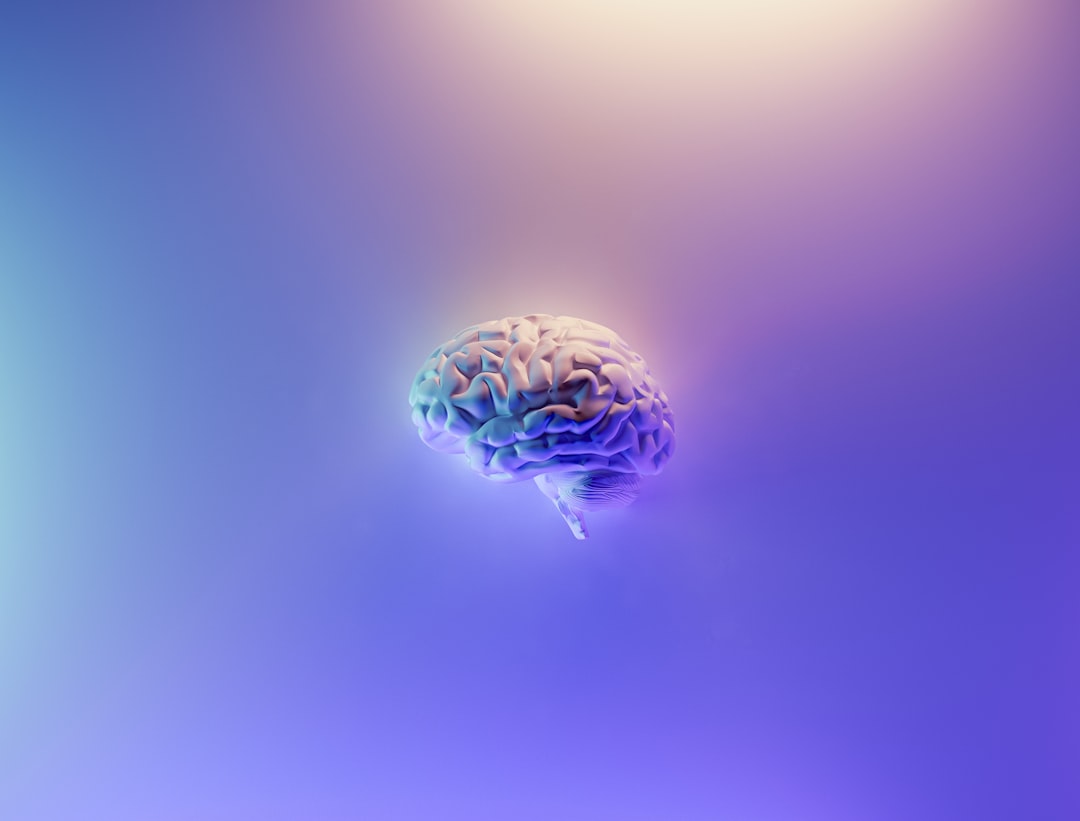What is it about?
As the pandemic took hold, it became clear that some patients were still suffering symptoms several weeks after the initial infection. This condition, commonly known as Long COVID, can occur even if the actual infection was mild. As it stands, millions of people are at risk of developing long COVID. In this study, the scientists looked at how Long COVID affects physical and mental functions, quality of life, and social involvement. Tiredness, shortness of breath, brain fog, headache, pain, anxiety, depression, and stomach issues were found to be the most common persistent symptoms after a severe coronavirus infection. Any form of physical activity, stress, and dehydration made the symptoms worse. This reduced the physical and social wellbeing of patients.
Featured Image

Photo by Viktor Forgacs on Unsplash
Why is it important?
Patients with long COVID have reported that some symptoms don’t go away even 2 to 12 months after initial infection. Long COVID affects many functions in patients, ranging from physical to mental. More studies are needed on the detailed effects of long COVID, so that doctors can give the right treatment to these patients. KEY TAKEAWAY: The number of people worldwide who have tested positive for coronavirus continues to grow, and everyone who tests positive is at a risk of developing Long COVID. Because of this, we need to understand the social, physical, and health impacts of this virus and find a lasting solution to treat patients.
Read the Original
This page is a summary of: Post-acute COVID-19 Syndrome Negatively Impacts Physical Function, Cognitive Function, Health-Related Quality of Life, and Participation, American Journal of Physical Medicine & Rehabilitation, January 2022, Wolters Kluwer Health,
DOI: 10.1097/phm.0000000000001910.
You can read the full text:
Resources
Long-term effects of COVID-19 on the lungs
Patients of COVID-19 can experience impaired lung function even 6 months after hospital discharge. Doctors need to follow-up with patients who have recovered from COVID-19 in the long-term.
Why checking for post-COVID symptoms in children is important
Solving the uncertainties associated with long COVID in children requires a careful assessment of data based on trusted and reliable responses. This might help policymakers in determining vaccination strategies for children and adolescents to fight against COVID.
Patient driven research for better management of long COVID
With the increasing number of patients experiencing Long COVID, research efforts must focus on patient-specific symptom management.
Contributors
Be the first to contribute to this page










